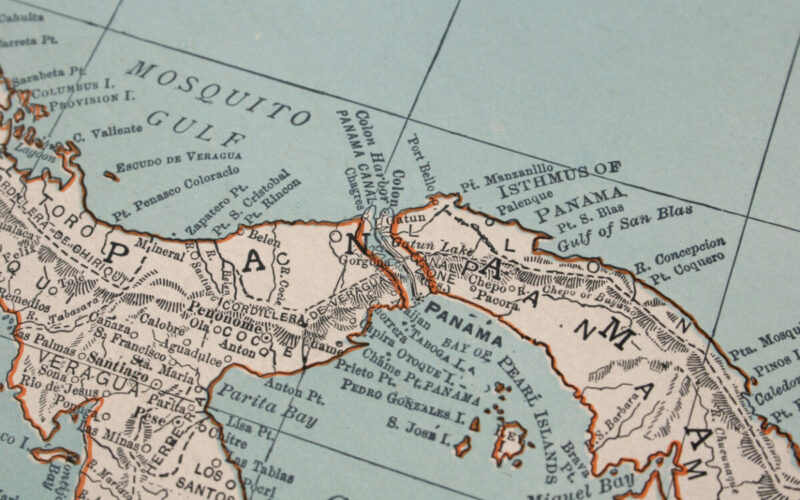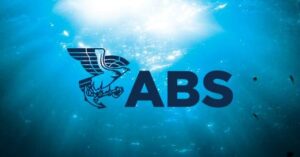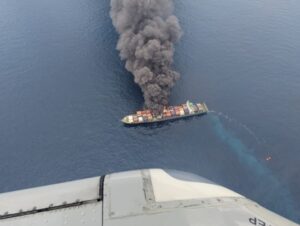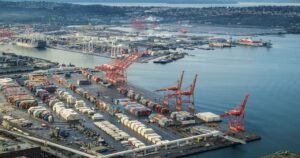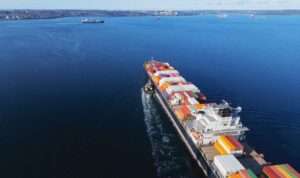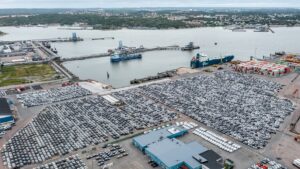The Deputy Administrator for the Panama Canal Authority, Ilya Espino, has told Reuters that the Panama Canal does not anticipate further vessel transit restrictions until at least April.
The PCA will assess water levels after the dry season before making any decisions.
After a severe drought forced authorities to impose transit limits, rainfall in the closing quarter of last year enabled the postponement of further restrictions to January of this year.
Espino cited the recent attacks on vessels traversing the Red Sea as partly responsible for the increased demand for transit through Panama as shipping carriers have opted for alternative routes to and from Asia.
Despite the increased demand, the imperative to preserve water levels at reservoirs has restricted the canal from accommodating rerouted traffic, according to Espino.
“Due to problems at the Red Sea, many people forced to take alternative routes have tried to resort to Panama, but it has not been possible,” she told Reuters.
Espino reported that 24 authorised transits will remain until April, however, this could increase to roughly 36 vessels per day should rainfall in May increase as anticipated.
However, she further explained: “If rainfall does not begin in May, we would evaluate again whether to cut transit by one or two vessels per day, or to reduce maximum vessel draft to 43 feet.”
The Canal Authority has been reluctant to cut the maximum draft of vessels (44 feet), reported Reuters, as it would compel liners to reduce their loads, thereby stifling the profitability of the transport of certain goods. Despite this, containerships maintain their priority over other vessels, such as bulk carriers, in traversing through Panama.
Rates of evaporation at water reservoirs during the dry season are also being monitored by the authority.
READ: Suez Canal toll revenues decline amid Red Sea tensions
Espino added that the uptick in demand for US liquified natural gas (LNG) in Europe has seen a decrease in LNG vessels traversing through Panama since 2022. Yet, if it becomes more economically viable for US exporters to ship to Asia, this situation could very much change.
The PCA forecasts a drop of near to $700 million in toll revenues for the current fiscal year primarily due to transit restrictions. Espino added that the canal could miss a total of 1,500 vessels that would typically pass through the route under normal circumstances.
Earlier this week, the US Federal Maritime Commission (FMC) held an informal public hearing to investigate the impact of assaults on merchant vessels in the Red Sea and Gulf of Aden.

